ORA® Captive-Bred Percula Clownfish
$24.99
-
Select Variant
The ORA® Captive-Bred Percula Clownfish Also called The True Percula, or Clown Anemonefish typically located in conjunction with anemones that inhabit coral reefs in Oceania and the Indo-Pacific as well as The Great Barrier Reef. It is often found in groups or more frequently in small groups or pairs inside the same anemone. The Captive-Bred Percula clownfish are predominantly white and orange in their early years. As they grow older, the black stripes between the white stripes will become darker as they age.
This Clownfish is often confused with the Percula Clownfish. If you're not experienced with both fishes, it can be difficult to tell between them. The Percula is bright orange while Ocellaris are more subtle. Ocellaris are generally darker in color. Percula Clownfish Percula Clownfish also has a darker black outline on its white body stripe. The stunning colors and their likable personalities make them a great addition to aquariums with reefs.
It is believed that the Captive-Bred Percula Clownfish have a distinct advantage over species that are wild-harvested. The Captive-Bred Percula is extremely tough and at ease with conditions in home aquariums. It is, therefore, an excellent choice for beginners and experienced aquarists.
Captive-bred clownfish are simple to breed in your home aquarium. Females are the biggest of the two, and two fish usually remain close to one another within the aquarium. These fish are egg-layers and lay eggs on a flat surface and will protect them from the tankmates. The eggs are usually born within 6 to 11 days, depending upon the temperatures. The fry should be kept in separate tanks with a diet consisting of baby brine shrimp and rotifers.
The Percula Clownfish is an omnivore. In aquariums, it is able to eat all meaty and herbivore fish foods.
Be aware that Captive-Bred ORA Percula clowns arrive completely white and orange. As the fish matures they will develop a dark black line in between their white stripes.
Approximate Purchase Size: Medium: 1-1/4" to 1-3/4"; Large: 1-3/4" to 2-1/2"
- Description
- Additional Information
- Reviews
ORA® Captive-Bred Percula Clownfish Info
Perculas are true clownfish with a body that is orange with three white vertical lines that are outlined in black. The first line runs in front of the eye, while the second line runs across the center of the body, and the third line is near the caudal fin. The fins of each Percula clownfish are marked in black, varying in intensity. The clownfish are often confused with Amphiprion Ocellaris (false clown anemonefish). To differentiate the two, one should take a look at the dorsal fin spines. A. percula has ten spines, whereas A. Ocellaris has eleven. Additionally, A. the ocellaris fins will not have the black outer lining.
ORA® Captive-Bred Percula Clownfish Diet
The majority of them feed on small crustaceans and zooplankton.
size
Large, Medium, Small
Units
1
Weight
6 lbs
Dimensions
1 × 1 × 1 in

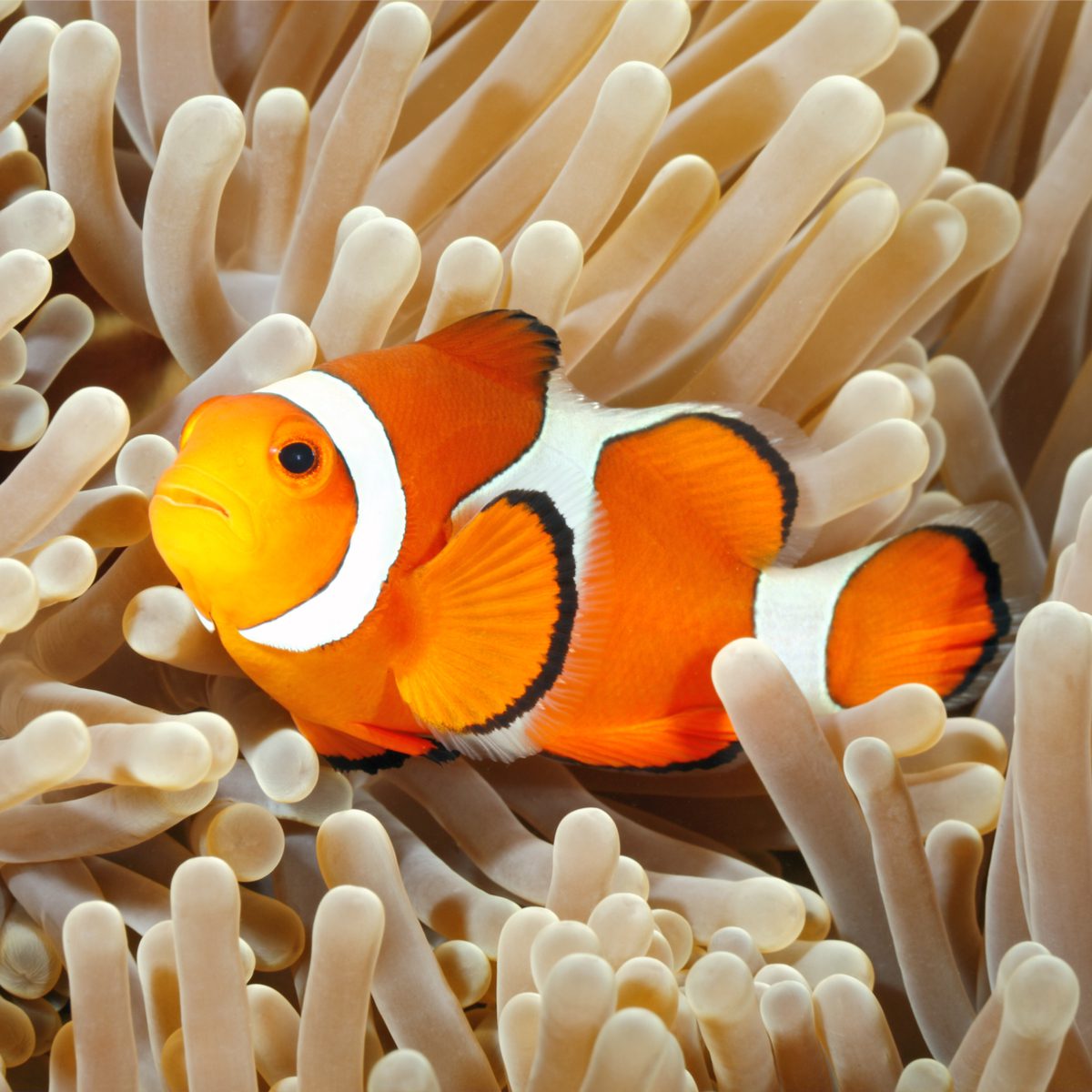
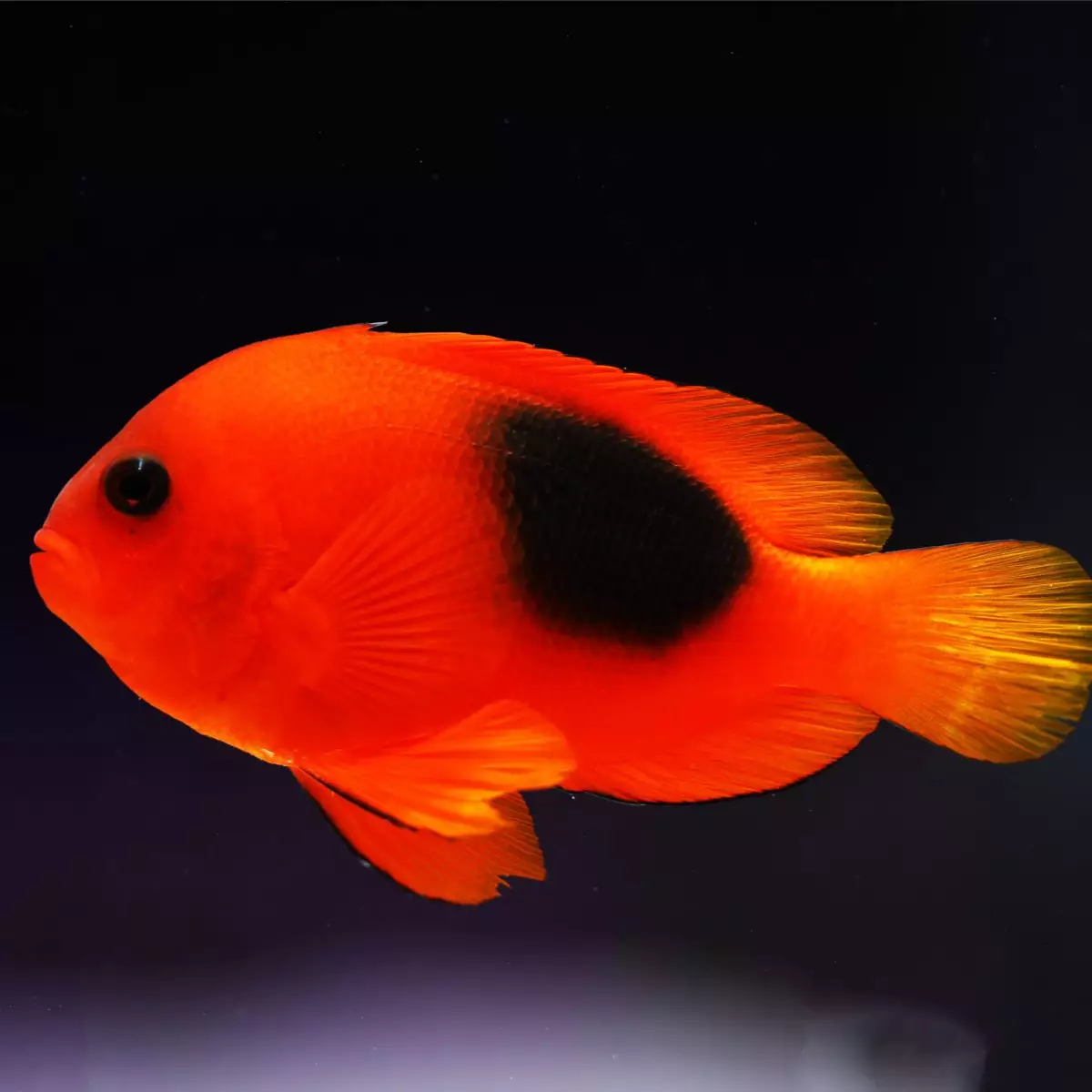
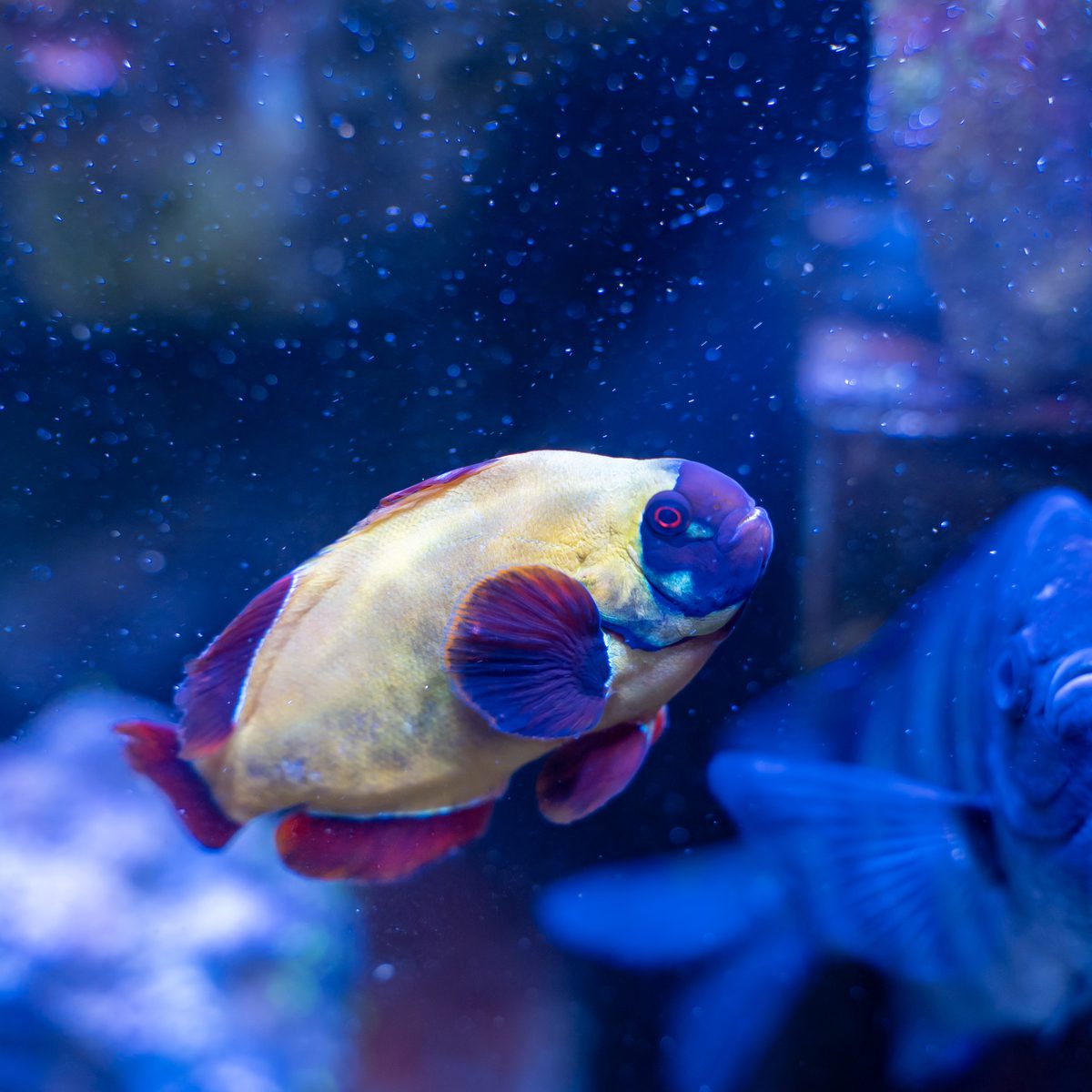
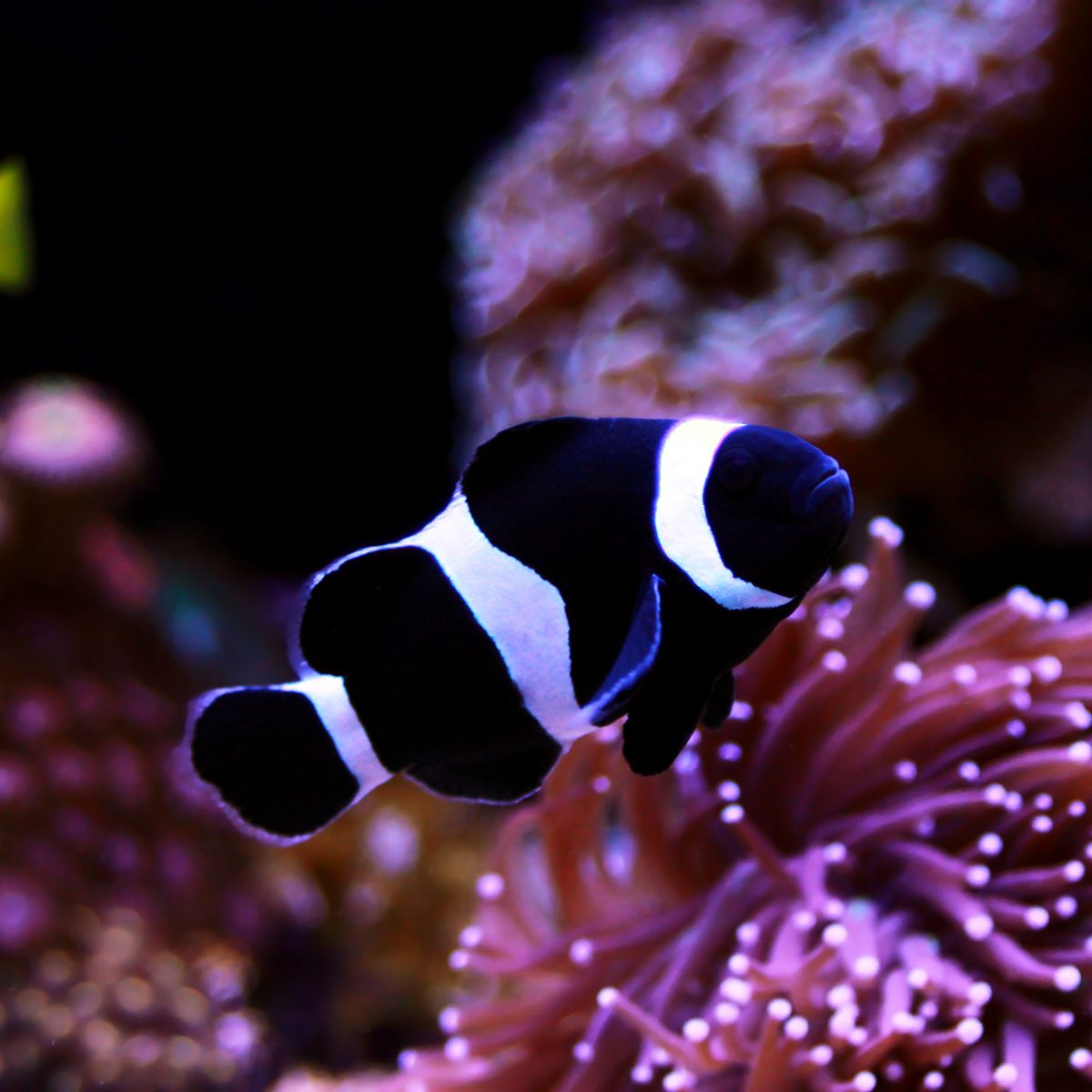
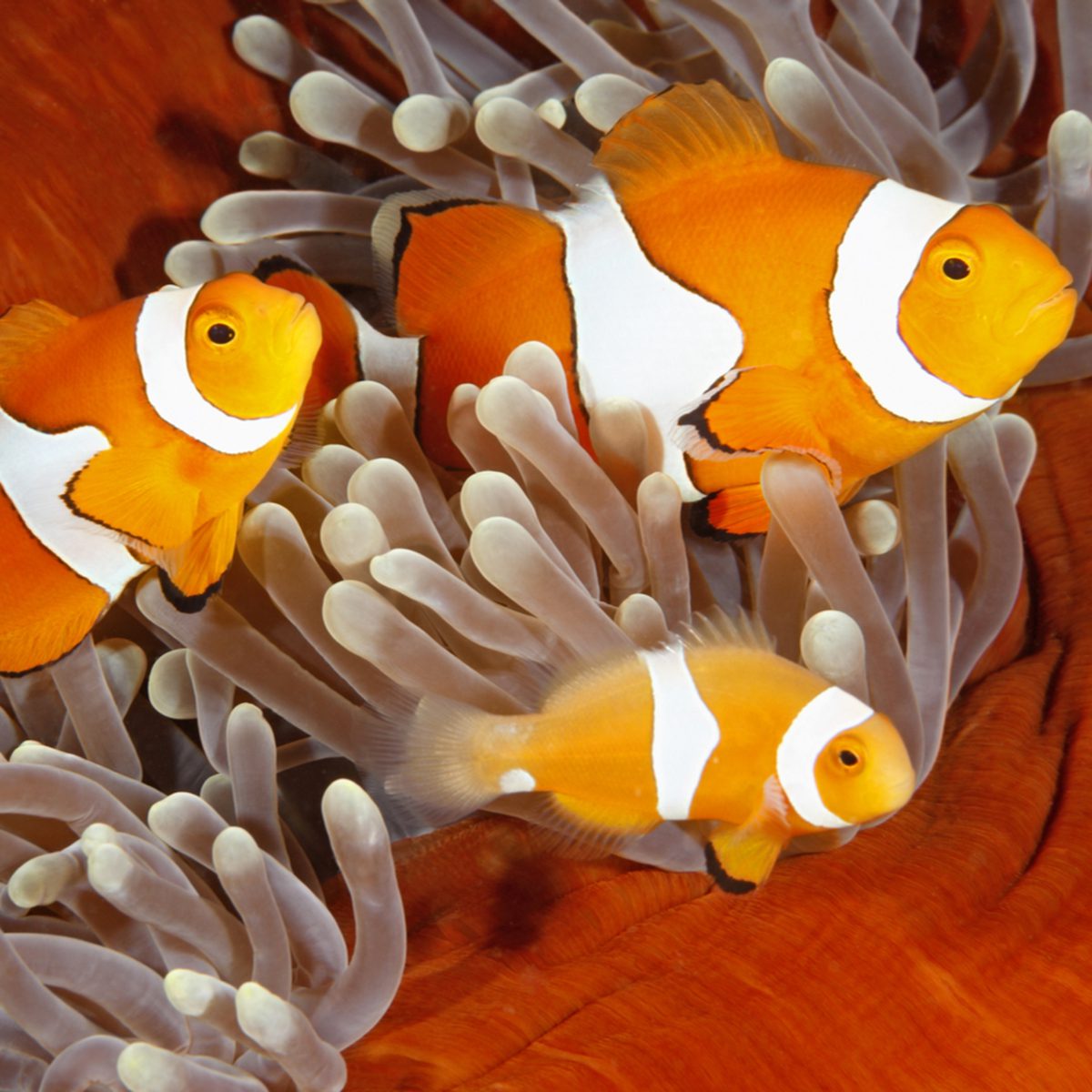
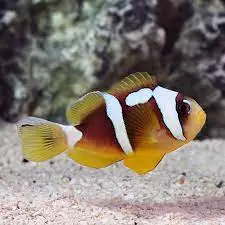
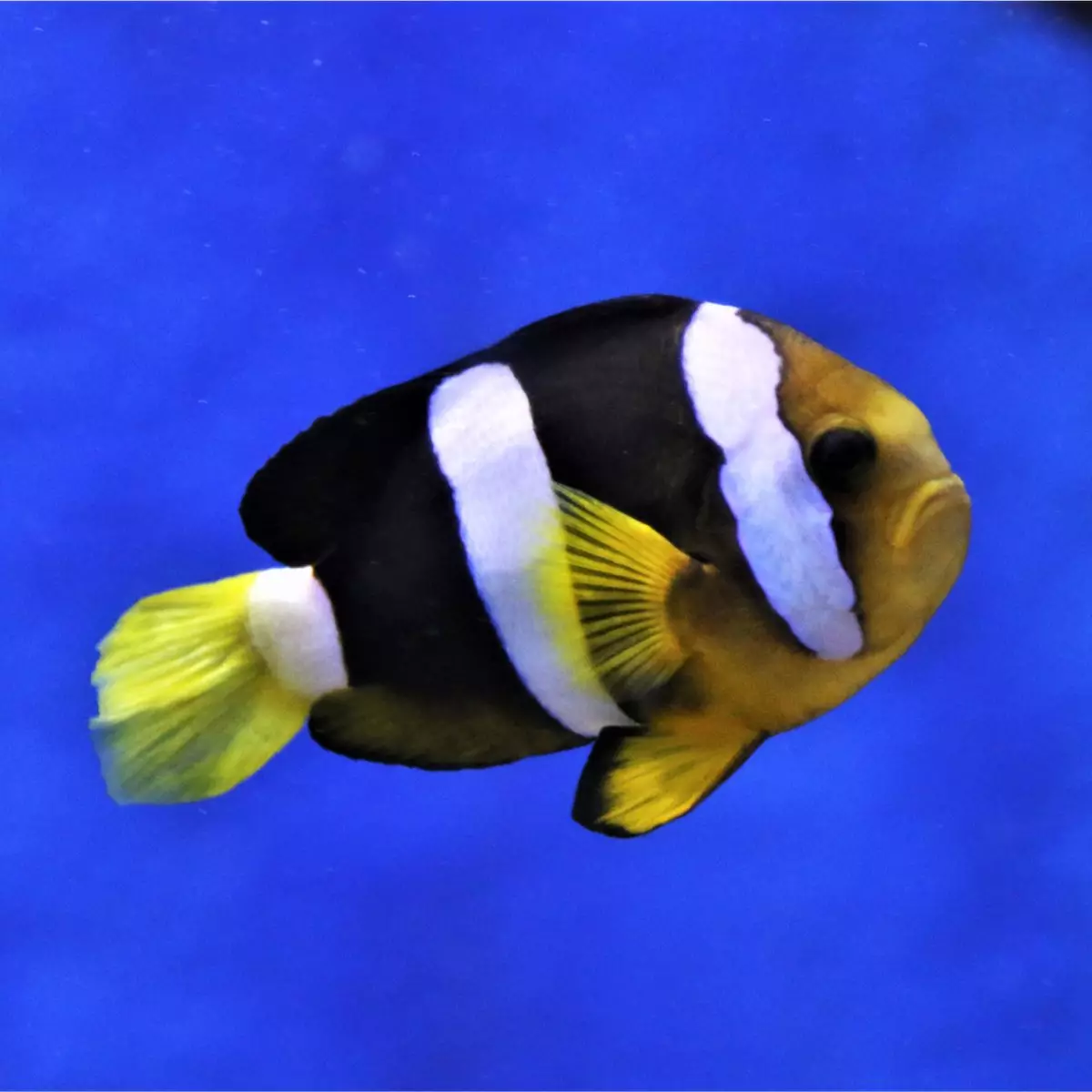
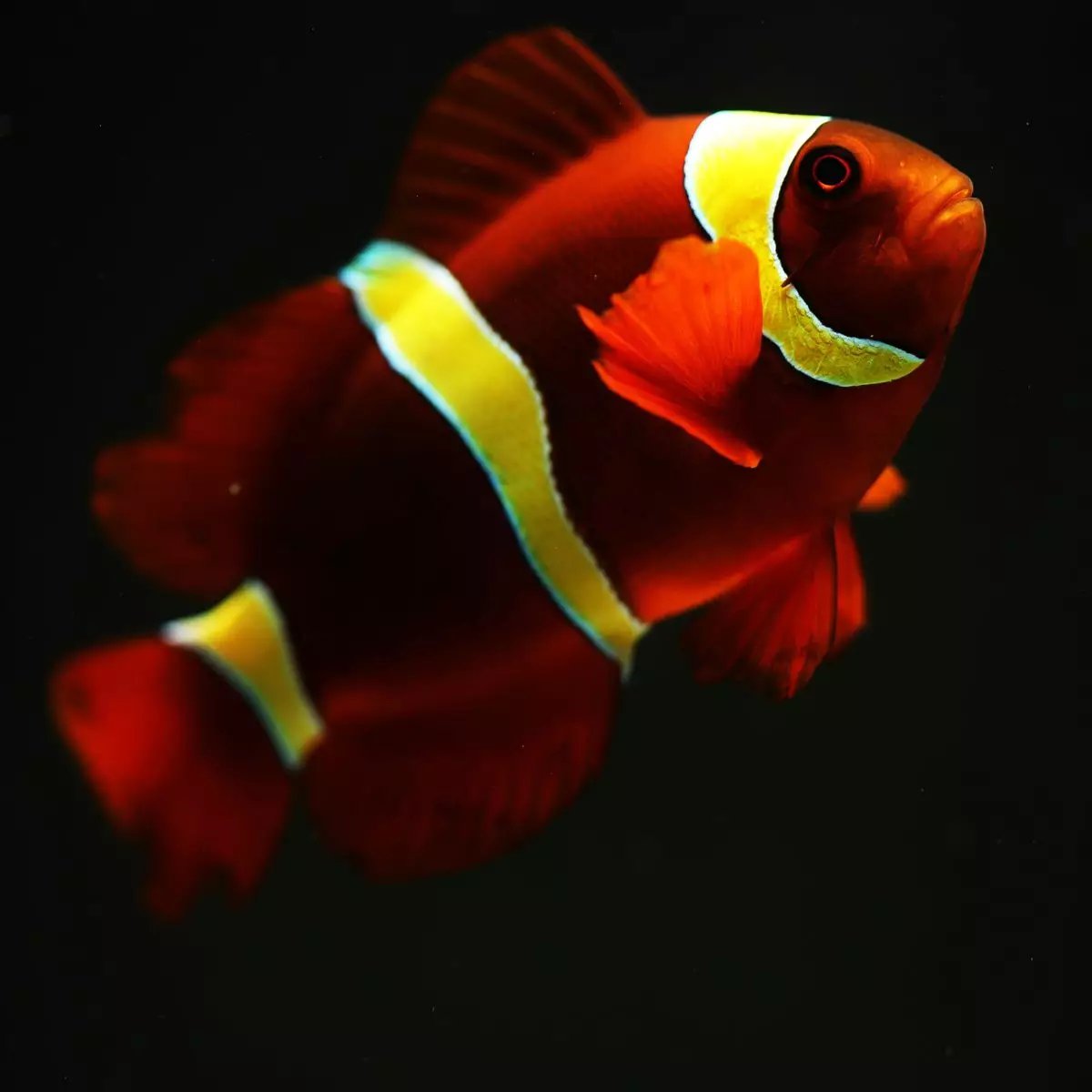


Reviews
There are no reviews yet.